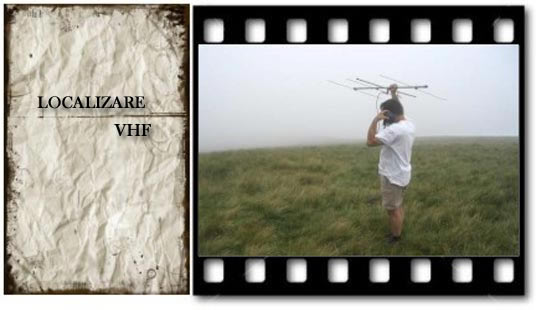|
| VHF Localization (Very High Frequency) |

|
It is made by mounting collars with radio emitter at the animal’s neck, mounting a crotal with radio emitter, or their implant in animal corps.
Each emitter has a unique frequency signal that needs to be received with a receiver connected to a Yagi antenna.
The localisation is made by approaching to the animal until the received signal becomes very strong, or by receiving the signal from different positions and interpolating directions towards the signal.
Function of the dimension of the antenna used for receiving the signal, the animal can be localised from a distance between 0 – 30 km.
Also, the localisation is strongly influenced by the relief’s fragmentation and its cover with vegetation, at a location from 2-3 point occurring errors due to the signal’s reflection.
|
|





